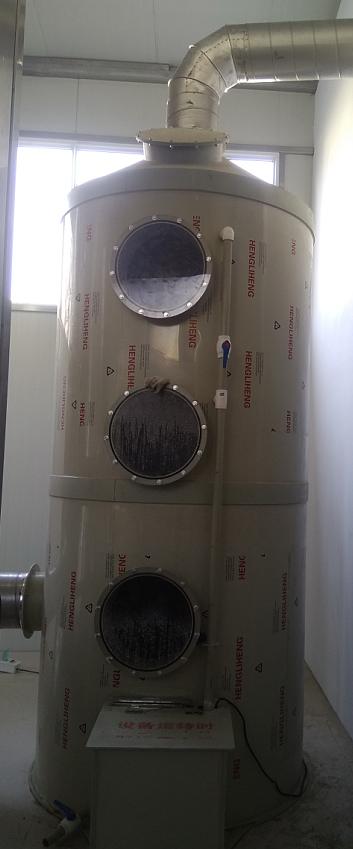resistance test instrument
Understanding Resistance Test Instruments A Comprehensive Overview
Resistance test instruments play a crucial role in a variety of industries, including electrical engineering, manufacturing, and maintenance. These devices are designed to measure the electrical resistance of materials, components, and systems, providing critical data that can impact operational efficiency and safety.
What is Resistance Testing?
Resistance testing is the process of measuring the opposition that a material offers to the flow of electric current. This resistance is expressed in ohms (Ω) and is a vital characteristic of materials used in electrical applications. High resistance can indicate insulation integrity, while low resistance may indicate potential failures or short circuits.
Importance of Resistance Testing
The primary purpose of resistance testing is to ensure the reliability and safety of electrical systems. In industrial settings, resistance tests help prevent equipment failures, reduce downtime, and ensure compliance with safety standards. For example, in power generation and distribution, regular resistance testing of circuit breakers, transformers, and cables can prevent electrical hazards and prolong equipment life.
Moreover, resistance testing is essential for quality control in manufacturing processes. By verifying that components meet specified resistance values, manufacturers can ensure that their products will operate effectively within their designed parameters. This is particularly important in industries such as automotive and electronics, where component failure can lead to significant safety risks.
Types of Resistance Test Instruments
1. Digital Multimeters (DMMs) These versatile devices are commonly used in both laboratory and field applications. DMMs can measure voltage, current, and resistance, making them invaluable for troubleshooting and routine maintenance. They provide precise readings and often include features like auto-ranging and data logging.
2. Micro-ohm Meters Used for measuring very low resistance values, micro-ohm meters are essential in applications such as testing connections in power electronics or measuring the resistance of contact points. These instruments can provide measurements in the micro-ohm range, which is crucial for ensuring optimal conductivity in electrical connections.
resistance test instrument

3. Insulation Resistance Testers These testers are specifically designed to evaluate the integrity of insulation in wires and cables. By applying a high voltage and measuring the resulting current flow, these devices can determine the effectiveness of insulation materials. This is vital for preventing electrical leakage and ensuring safety in high-voltage environments.
4. Four-Wire Resistance Meters Also known as Kelvin meters, these instruments are used for precise measurements of low resistance. By employing four leads to make the measurement, they can eliminate the effects of lead and contact resistance, providing accurate readings that are critical in applications like semiconductor testing and precision electronics.
Best Practices in Resistance Testing
To ensure accurate and reliable results when using resistance test instruments, certain best practices should be followed
- Calibration Regular calibration of resistance test instruments is essential to maintain accuracy. This should be performed according to manufacturer specifications and industry standards.
- Environmental Considerations Resistance measurements can be affected by environmental factors such as temperature and humidity. It’s important to conduct tests in controlled conditions when possible.
- Safety Protocols Given that resistance testing often involves electrical equipment, following safety protocols is crucial. This includes wearing appropriate personal protective equipment (PPE) and using insulated tools.
- Documentation Keeping detailed records of resistance test results helps track performance over time and can aid in predicting maintenance needs or identifying trends in equipment degradation.
Conclusion
Resistance test instruments are indispensable tools in the maintenance, manufacturing, and safety of electrical systems. By understanding their operation and implementing best practices in resistance testing, professionals can ensure the reliability and efficiency of their electrical infrastructures. This is not only essential for operational success but also for the safety and longevity of the equipment and personnel involved. As technology advances, resistance test instruments continue to evolve, providing even greater accuracy and functionality in a rapidly changing electrical landscape.
-
ZC36 High Insulation Resistance: Reliable & Safe Performance
NewsAug.29,2025
-
CX-100 Manual Hydraulic Core Punching Machine - Efficient & Reliable
NewsAug.28,2025
-
Reliable Performance Testing with Advanced Aging Chamber Solutions
NewsAug.23,2025
-
Advancing Precision with Profile Projector Technology
NewsAug.23,2025
-
UV-LED Ultraviolet Crosslinking Technology: Innovation and Prospects
NewsAug.23,2025
-
Ensuring Safety and Compliance
NewsAug.23,2025
 Copyright © 2025 Hebei Fangyuan Instrument & Equipment Co.,Ltd. All Rights Reserved. Sitemap | Privacy Policy
Copyright © 2025 Hebei Fangyuan Instrument & Equipment Co.,Ltd. All Rights Reserved. Sitemap | Privacy Policy

